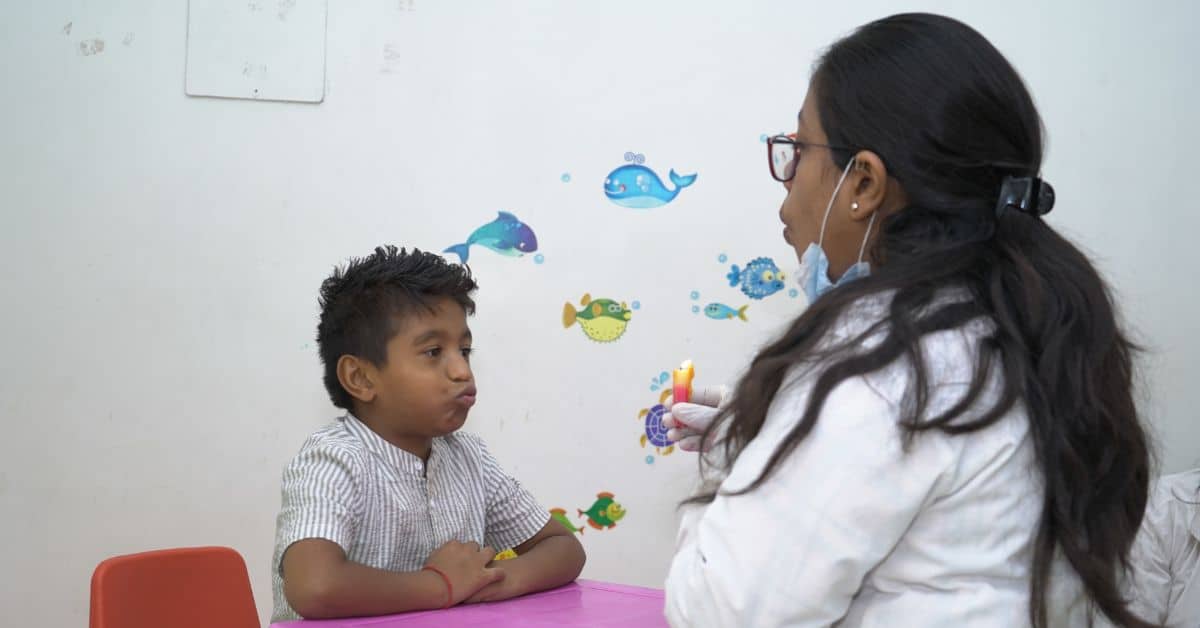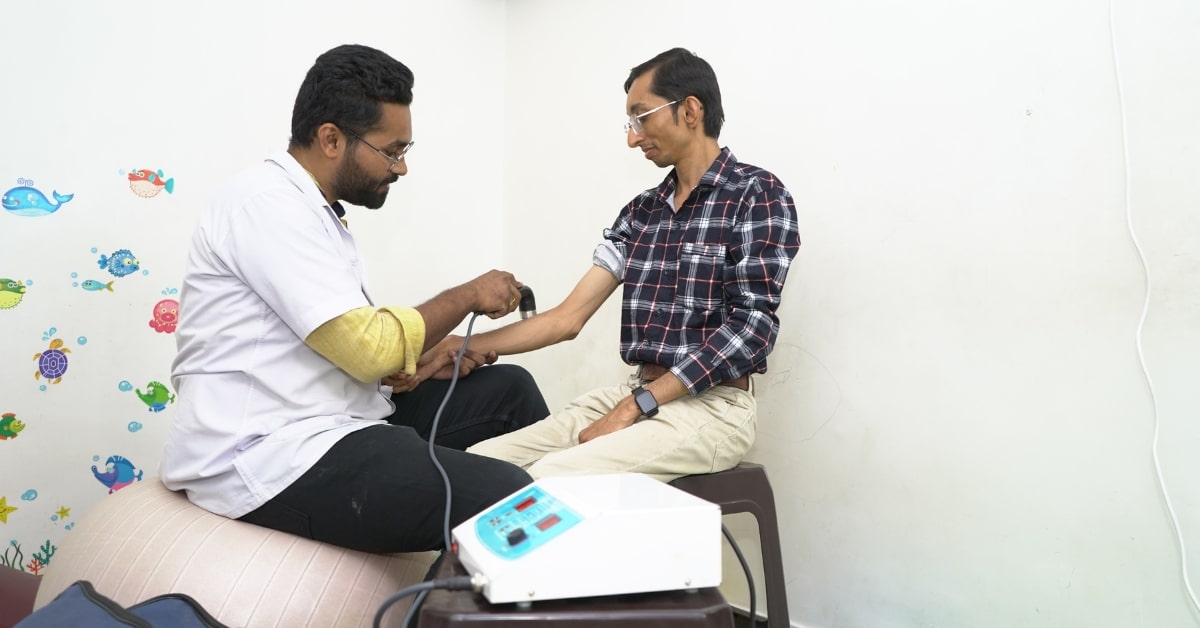
ABA Therapy Centre in Vadodara
RDCC Healthcare is the Best ABA Therapy Centre in Vadodara. Our ABA Therapy Specialists utilize Evidence-based support for ASD and developmental disabilities and are dedicated to providing effective interventions to promote positive changes in behavior.
What is
ABA Therapy
Applied Behavior Analysis (ABA) Therapy is an evidence-based therapeutic approach used to systematically analyze and modify behaviors in individuals with Autism Spectrum Disorder (ASD) and other developmental disabilities. Behavior Analysis is the Scientific Study of Behavior that forms the foundation of ABA Therapy. It focuses on understanding the relationship between Behavior and Environmental Events.
ABA Therapy emphasizes the use of empirically validated interventions to bring about Positive Changes in Behavior. These interventions are based on Principles such as Reinforcement, Shaping, Prompting, and Fading. They are implemented systematically and consistently to promote skill acquisition and behavior modification.
Goals of
ABA Therapy
The Goals of Applied Behavior Analysis (ABA) Therapy vary depending on the Individual’s Needs, Strengths, and Challenges. However, the Primary Goal of ABA Therapy is to Improve an individual’s quality of life by promoting Positive Behavioral Changes and Skill Acquisition. Here are some of the Goals of ABA Therapy:
Approaches and Techniques for
ABA Therapy
ABA Therapy utilizes a variety of techniques to achieve its Goals. Here are some of the Common Techniques involved:
Positive Reinforcement
ABA Therapy emphasizes rewarding desired behaviors to increase their likelihood of recurrence. Rewards, such as Tangible Items (Stickers, Toys) or Social Praise(High Five, “Good Job”), Motivate Individuals to Repeat Positive Behaviors.
Negative Reinforcement
Negative Reinforcement involves removing something unpleasant to increase a desired behavior. For Example, Taking away a toy during a Tantrum but giving it back when the child asks nicely reinforces the desired behavior.
Shaping
Shaping breaks down Complex Skills into Smaller Steps, Rewarding Progress towards Mastery. For Example, Teaching Shoe Tying involves Rewarding at each Step, from Holding the Laces to Tying a Knot.
Prompting and Fading
Prompts are temporary cues (Physical, Verbal, Visual) to aid in Performing Desired Behaviors. For example, A Therapist might use Hand-Over-Hand Guidance for Brushing Teeth or a Picture Card for getting Dressed. As the Skill Improves, Prompts are Gradually Removed.
Discrete Trial Training (DTT)
This structured approach presents a Clear Task, Prompts the Desired Response, and Provides Reinforcement. Short, Focused Trials are Repeated until Mastery, relate it to Mini-Practice Sessions for Specific Skills.
Modeling
Therapists demonstrate desired behaviors for individuals to observe and imitate, aiding in skill development, especially for Social and Communication Skills like Eye Contact and Turn-Taking.
Natural Environment Teaching
ABA Therapy integrates skill teaching in real-life environments to enhance Generalization, enabling individuals to apply learned behaviors across different situations. For instance, Practicing Social Skills during daycare playtime extends beyond therapy room settings.
Data Collection and Analysis
ABA Therapy utilizes Data Collection to Track Progress on Targeted Behaviors, enabling therapists to measure Intervention Effectiveness and adjust programs accordingly. Monitoring results ensures the program is tailored to individual needs and goals.
Benefits of
ABA Therapy
ABA Therapy utilizes a Variety of Strategies to Achieve its Goals, but it’s important to remember these strategies are built upon a core foundation of principles. Here’s a breakdown of some key ABA Therapy Strategies:
Applied Principles
Skill Development Strategies
Behavior Management Strategies
Communication and Learning Strategies
Whether you’re seeking support for yourself or a loved one, our team of ABA Therapy Specialists in Vadodara is here to help. Contact us today to learn more about how we can assist you on your journey towards positive behavior change and improved quality of life through ABA Therapy.





